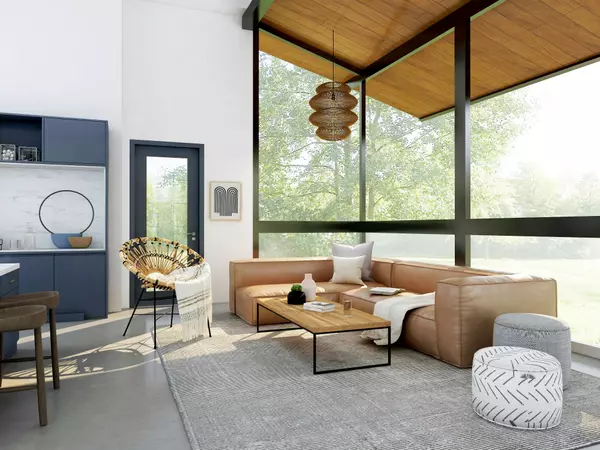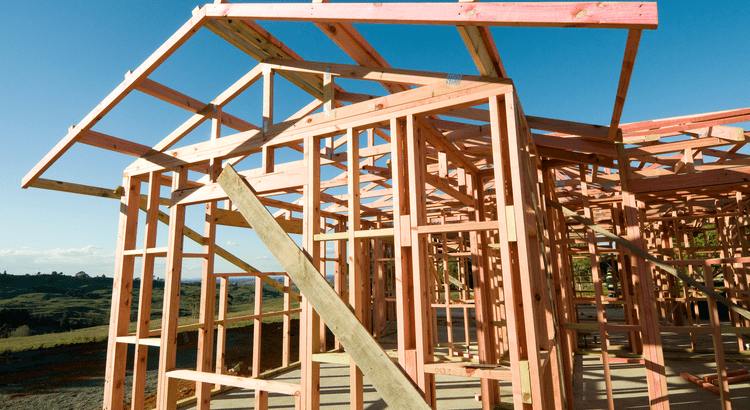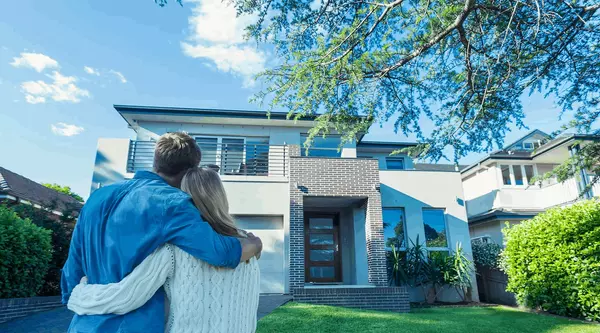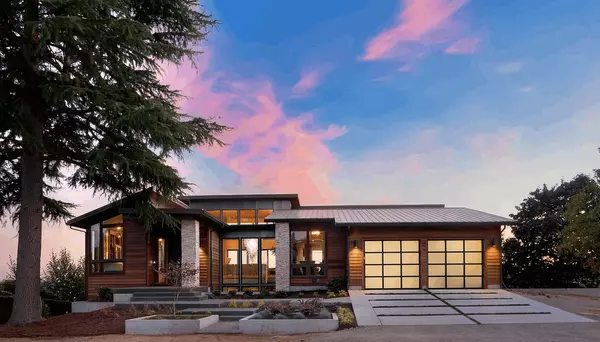Staging Your Home to Sell: What Really Works?
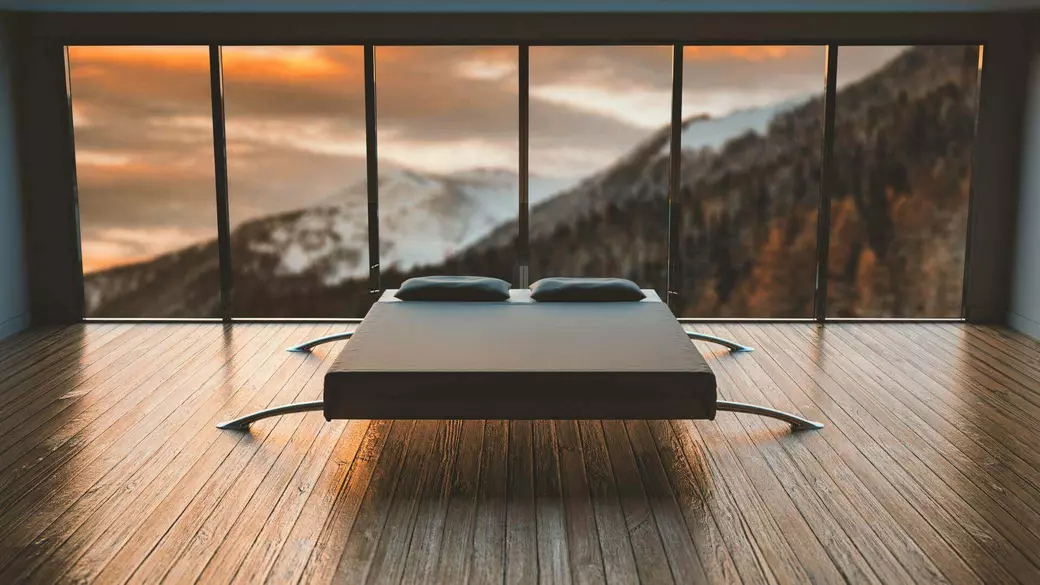
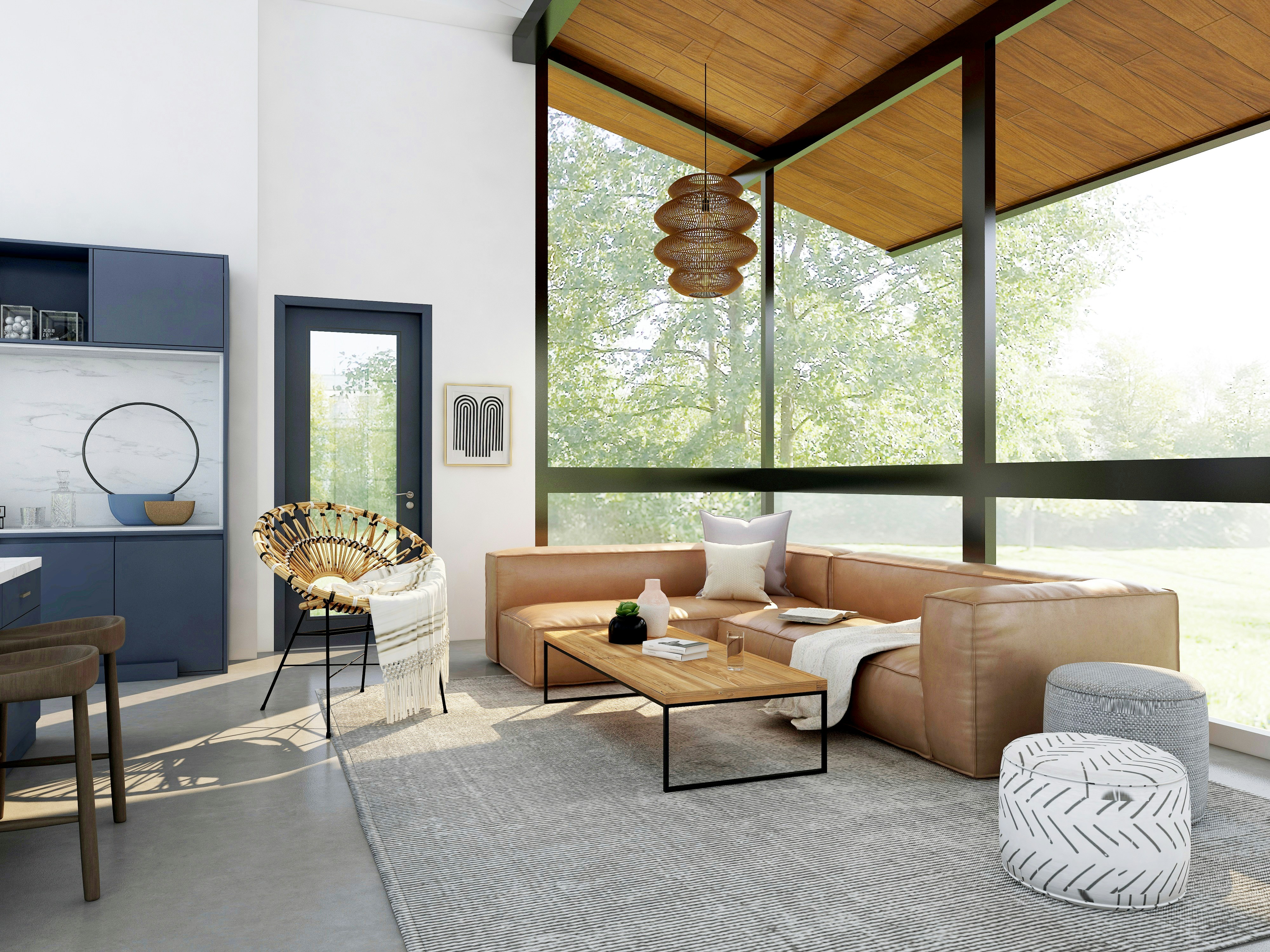
When it comes to selling your home, first impressions matter. Buyers often make up their minds about a property within minutes of stepping inside, and that initial impression can be the difference between an offer and a pass. One of the most effective ways to increase your home’s appeal is through staging. But what does staging really mean, and more importantly, what strategies actually work?
Staging is more than just tidying up. It’s about presenting your home in the best possible light to attract the most buyers and maximize your sale price. From decluttering to strategic furniture placement, there are a variety of techniques that can make a big impact. In this post, we’ll break down what works, what doesn’t, and the top tips to make your home irresistible to potential buyers.
1. The Power of Curb Appeal: First Impressions Matter
The first thing buyers will see is the exterior of your home. No matter how great the interior is, if the outside looks neglected or uninviting, they may decide to move on before even stepping foot inside. Curb appeal plays a significant role in the sale of a home, and it doesn’t have to cost a fortune to make a difference.
What Works:
- Fresh Landscaping: Trimmed bushes, a well-manicured lawn, and freshly planted flowers can do wonders for a home’s exterior. These simple additions make the property feel well-cared for and appealing to potential buyers.
- Clean Walkways and Driveways: Power washing the driveway and walkways removes dirt, stains, and weathering, creating a fresh, clean look. You’d be surprised how much of a difference this small task can make.
- New Paint or Touch-Ups: If the front door is faded or peeling, consider repainting it. A fresh coat of paint on the door or trim adds a pop of color and can create a welcoming vibe for potential buyers.
- Lighting: Outdoor lighting, such as pathway lights or a porch light, can add ambiance and make the home feel inviting, especially for evening showings.
What Doesn’t Work:
- Excessive Decorations: Avoid cluttering the front yard with too many items, such as oversized planters, garden gnomes, or an abundance of decorations. Less is more when it comes to creating a welcoming entrance.
- Over-the-Top Landscaping: While adding plants and flowers is a great idea, make sure the landscaping doesn’t overwhelm the space. Keep things neat and in proportion to the size of the home and yard.
2. Decluttering: Less is More
One of the simplest and most effective ways to stage your home is to declutter. Too much personal decor, furniture, and even family photos can distract potential buyers from seeing the true potential of the space. Buyers need to be able to imagine themselves living in the home, and a cluttered or overly personalized space makes this difficult.
What Works:
- Simplify and Streamline: Begin by removing excess furniture and personal items. Aim for a clean, minimalist look that highlights the size and functionality of each room. Consider removing heavy furniture or items that block natural light or obstruct pathways.
- Storage Spaces: Buyers will look in closets, cabinets, and storage areas. Make sure these spaces are neat, organized, and spacious. If necessary, consider renting a storage unit to temporarily store items that make the space feel cramped.
- Neutralize Personal Touches: While it’s important to make the space feel homely, too many personal items such as family photos, personal artwork, or religious symbols can make it difficult for potential buyers to envision the space as their own. Keep the decor neutral and generic to appeal to a broader audience.
What Doesn’t Work:
- Hiding Clutter in Closets: While it’s important to declutter visible spaces, hiding everything in your closets can backfire. Potential buyers will open these spaces, and if they’re jam-packed with items, it can create the impression that the home lacks storage.
- Over-staging: Don’t go overboard by putting too many decorative items around the house. While it’s great to have a few accessories, over-decorating can make the space feel smaller and busier.
3. Furniture Placement: Maximizing Space
Proper furniture arrangement is key to showcasing your home’s layout. The goal is to create flow and emphasize the size and functionality of each room. Buyers should be able to move freely through the space and appreciate the full potential of the floor plan.
What Works:
- Scale and Proportion: Make sure the furniture fits the size of the room. Overly large furniture can make a room feel cramped and smaller than it actually is. Consider renting or borrowing smaller, more streamlined pieces if necessary to open up the space.
- Create a Focal Point: Each room should have a natural focal point. In the living room, for example, arrange the furniture around a fireplace or large window. In the dining room, position the table to highlight the room’s best features.
- Flow and Accessibility: Arrange the furniture to create a natural flow through the room. Avoid placing large pieces of furniture in front of doors or blocking walkways. This makes the space feel more open and accessible.
What Doesn’t Work:
- Too Much Furniture: Avoid overcrowding rooms with too many pieces of furniture. Rooms that feel crowded or cramped may turn buyers off, making them feel like the space is smaller than it is.
- Irrelevant Furniture: Don’t keep furniture that doesn’t serve a purpose or add to the room’s functionality. For example, a treadmill or an old, unused chair can detract from the home’s appeal. Keep only what is necessary and adds value to the room.
4. Lighting: Brighten the Space
Good lighting can make or break a space. Natural light, in particular, has the ability to make a room feel brighter, more spacious, and more inviting. Lighting can also help highlight a room’s best features and create a positive atmosphere.
What Works:
- Open Blinds and Curtains: Let natural light in! Opening the blinds or curtains during showings can make the space feel bright and airy. It also gives potential buyers the chance to view the home in the best light possible.
- Layered Lighting: Use a combination of ambient, task, and accent lighting to create a well-lit space. In addition to natural light, ensure that each room has adequate overhead lighting, table lamps, and floor lamps to create a warm, inviting atmosphere.
- Brighten Dark Spaces: Dark corners or rooms without windows can feel dreary and uninviting. Consider adding extra lamps or light fixtures to brighten these areas.
What Doesn’t Work:
- Overly Bright or Harsh Lighting: Bright, fluorescent lights can make a room feel cold and unwelcoming. Avoid using harsh lighting and instead opt for warm-toned bulbs that create a soft, inviting ambiance.
- Dark, Closed-off Spaces: Rooms that feel too dark or isolated can turn buyers off. If possible, open doors or add mirrors to reflect light and make the space feel larger.
5. Neutralizing the Decor: Appeal to a Broad Audience
Personal preferences in terms of decor can vary widely, but when you’re trying to sell your home, it’s essential to appeal to as many potential buyers as possible. Neutralizing the decor doesn’t mean you have to strip the house of personality, but it does mean making sure that the style and colors aren’t too bold or polarizing.
What Works:
- Neutral Color Palette: Opt for neutral colors like beige, gray, or soft whites for walls and larger furniture pieces. Neutral tones allow buyers to focus on the space rather than the color scheme. It also helps buyers imagine their own furniture and style in the home.
- Accents and Accessories: Use accent pieces such as throw pillows, rugs, and art to add warmth and interest. These pieces should be tasteful, modern, and complement the neutral tones in the room.
- Minimalistic and Modern Style: Clean lines and simple decor are universally appealing. A contemporary style allows buyers to envision the space as a blank canvas for their own tastes and preferences.
What Doesn’t Work:
- Overly Bold Colors: Bright or loud colors on walls, furniture, or accessories can be a turn-off to potential buyers who may not share your taste. Bold, dark, or trendy colors can also make a room feel smaller or more enclosed.
- Outdated Decor: Furniture and decor that is old or in poor condition can negatively impact the appeal of your home. Buyers may think that if the decor is outdated, other parts of the home could be too.
Conclusion: Staging for Success
Staging your home is one of the most effective ways to make your property stand out in a competitive real estate market. By focusing on key elements like curb appeal, decluttering, furniture arrangement, lighting, and neutralizing decor, you can create a space that appeals to a wide range of potential buyers.
While some staging techniques may require an investment of time or money, the return can be significant. Staged homes tend to sell faster and for higher prices than non-staged homes. Remember, the goal is to create a space that allows buyers to envision themselves living in the home. When you take the time to present your home in its best light, you can increase its marketability and attract more offers.
If you're ready to take your home to the next level and maximize its appeal, my team is here to help. At Rise Real Estate, we have an in-house staging company that specializes in transforming homes to highlight their best features. Our staging experts know exactly what works to attract buyers and ensure your home stands out. Don’t leave your home’s sale to chance—reach out to me today, and let’s discuss how we can work together to stage your home for success.
Categories
Recent Posts

